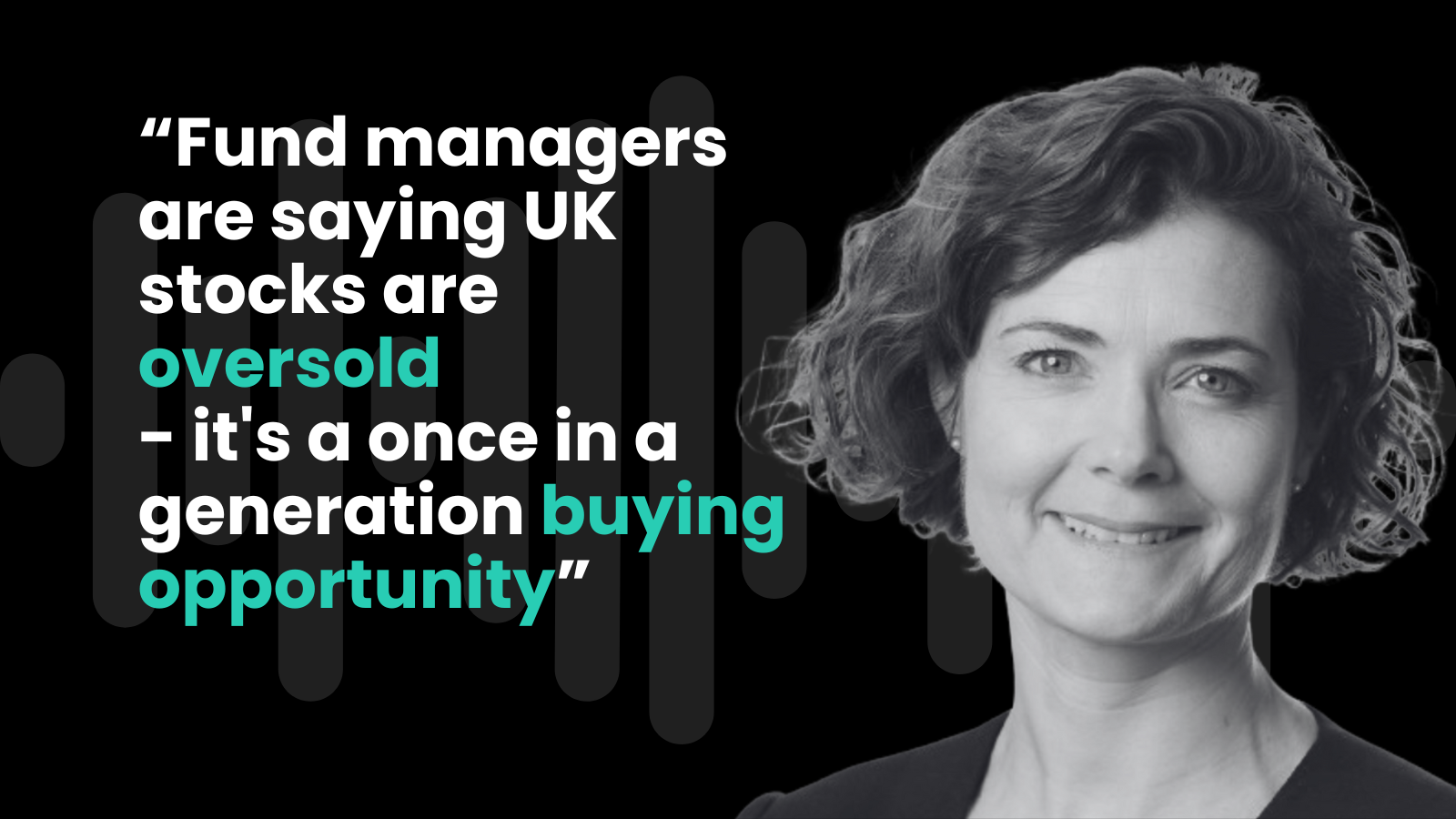Exchange traded funds (ETFs) have become the workhorse of modern investing. Cheap, transparent and easy to trade, they promise the small saver many of the advantages once reserved for professionals.
Yet new research by the Investment Association (IA) and pollster Opinium suggests that in Britain, ETFs remain the preserve of a narrow tribe: young, male and relatively well-off investors.
The survey of 2,000 adults with at least £500 in investible assets shows that over two-fifths (41%) of ETF investors are under 35, and more than two-thirds (68%) are men. Half earn over £60,000 a year, almost twice the share of the broader investor base. Nearly half have only recently taken up investing, within the past five years. In short, Britain’s ETF market skews towards the affluent digital native.
That skew reflects both appetite and awareness. Among the wider investor population, almost half say they know little or nothing about ETFs. Many are unsure how to judge their performance or compare products. Despite two decades of growth in the UK, ETFs are still misunderstood, even as they have become core holdings for institutions worldwide.
- How to minimise your IHT exposure before Budget clampdown
- UK retail investors embrace AI as adoption surges 45% in a year
- Bitcoin, Trump and the tariff that turned gold into lead
For an industry hoping to broaden its reach, this presents both problem and opportunity. The IA argues that widening ETF ownership could help democratise investment, encouraging more people to save for the long term at low cost. It urges three responses: more education, better access and greater engagement from financial advisers.
Do ETFs look too complex for first time investors?
The knowledge gap is striking. ETFs are no more exotic than mutual funds, but their trading mechanics — buying on exchange, variable dealing fees, jargon-laden tickers — can daunt first-timers. Clarity, not complexity, is needed. The IA suggests targeted campaigns to reach women and older savers, the groups most under-represented among ETF investors. The message, it insists, should be simple: ETFs are tools for steady, long-term wealth building, not speculative punts.
Access matters too. Many investors complain that their chosen platforms offer a thin range of ETFs, often skewed towards plain-vanilla equity trackers. More thematic or asset-class diversity would spur uptake, especially among younger users who like to dabble in green energy or emerging technology.
Lowering minimum investment thresholds and clearer disclosure of dealing costs would also help. Half of ETF holders said they would buy more if their platform expanded its menu; almost as many said lower minimums would encourage them.
What about financial advisers?
Advisers, meanwhile, seem oddly absent. Only 4% of ETF investors are fully advised, compared with 10% in the overall investor base. More than two in five advised clients report that their adviser has never recommended an ETF. That reluctance may reflect scepticism, or simply inertia: advisers grew up with mutual funds, and many stick to what they know.
Yet ETFs can be powerful tools for cost-sensitive clients, especially the younger cohorts now flooding into DIY platforms. Integrating them into advice — whether through hybrid models, intergenerational planning, or as core low-cost building blocks — would better align advisers with the realities of investor demand.
The IA sees these gaps as obstacles to the broader goal of raising Britain’s anaemic levels of retail investment. The Chancellor’s Leeds Reforms last year set out ambitions for a “modernised, tech-enabled fund industry”. ETFs fit the bill, but only if more Britons understand them and trust them.
What do investors want from ETFs?
What investors value in ETFs is clear. Low fees and diversification rank highest, with transparency also prized. Younger investors, comfortable trading on their phones, like the ability to buy and sell throughout the day. But the appeal need not be confined to the young. For older savers worried about inflation and seeking steady income, bond ETFs offer a liquid, low-cost option. For women still under-invested relative to men, ETFs can provide accessible entry points without steep learning curves.
Britain’s ETF story so far has been one of innovation led by the few. To spread the benefits, the industry must tackle inertia and ignorance. Otherwise the promise of democratised finance will remain just that: a promise, enjoyed mostly by young men in a hurry.





















